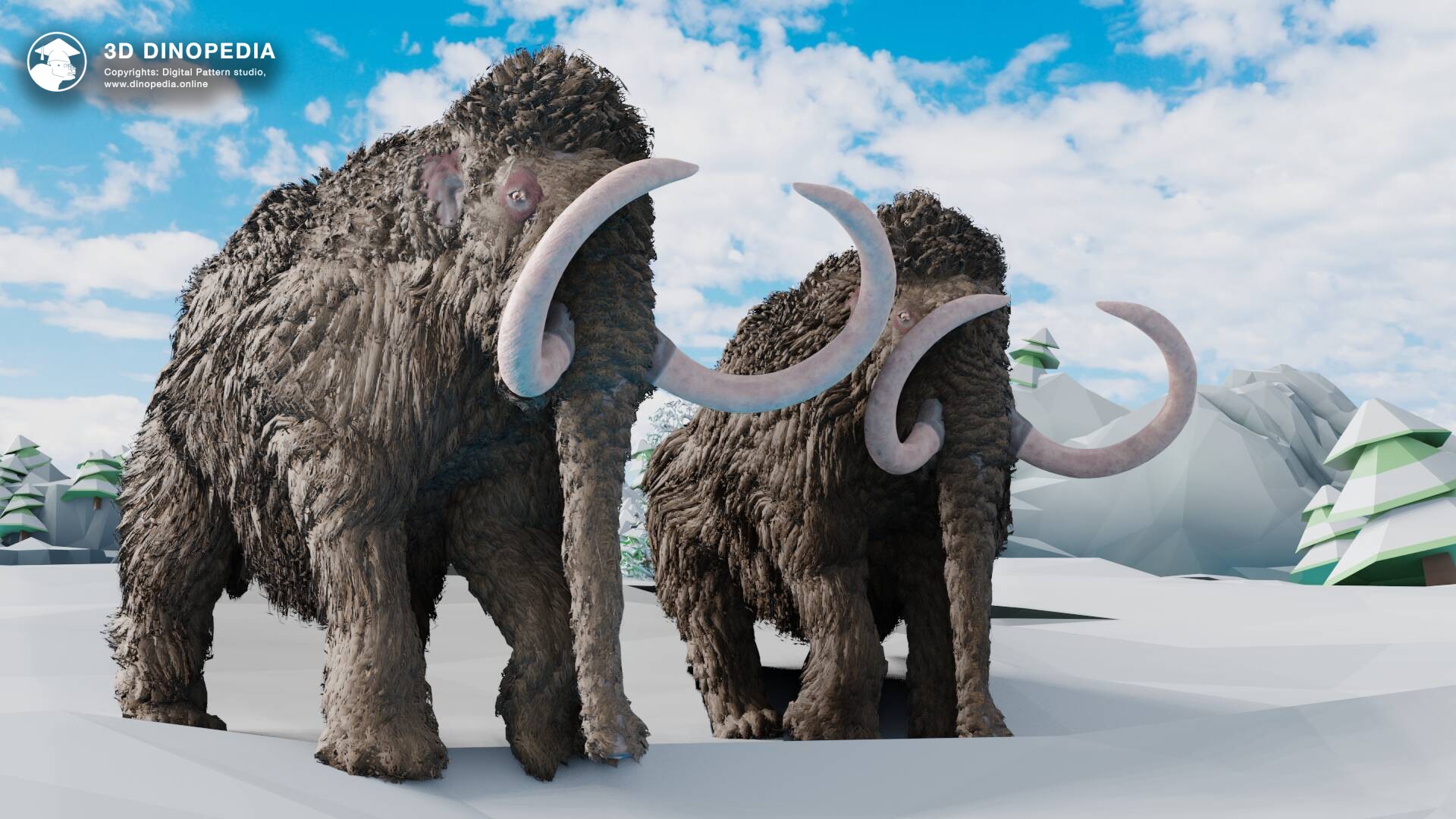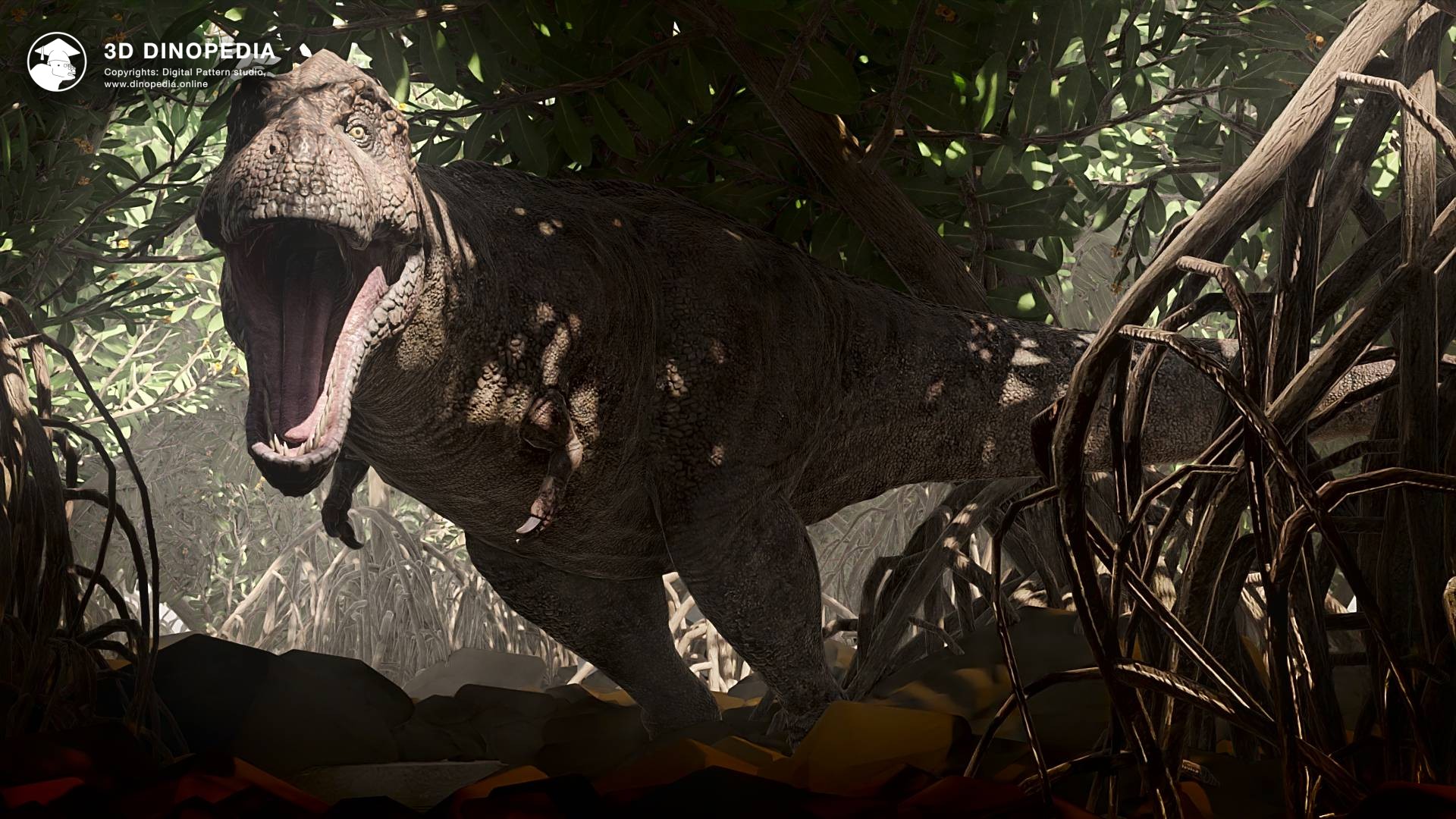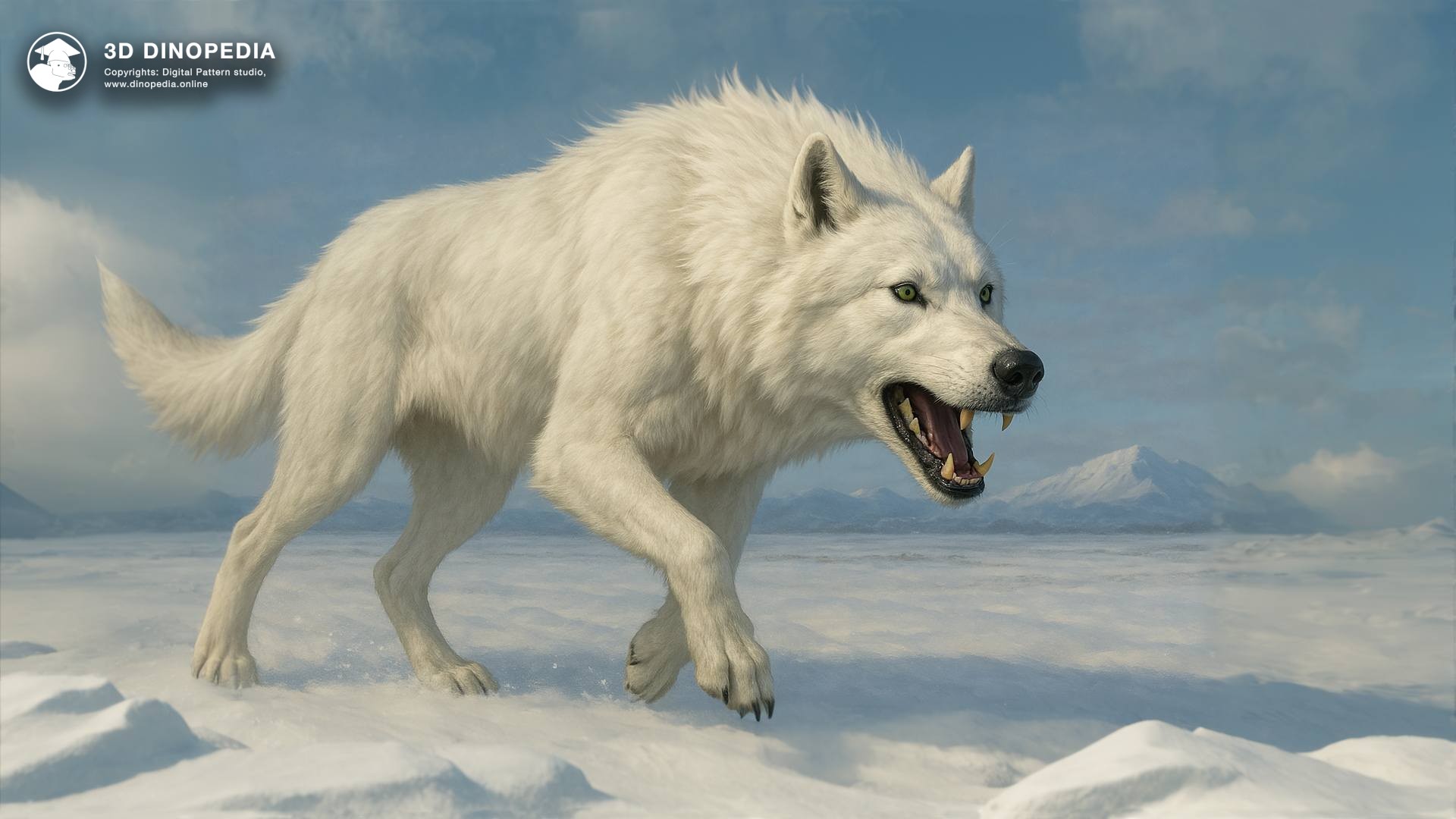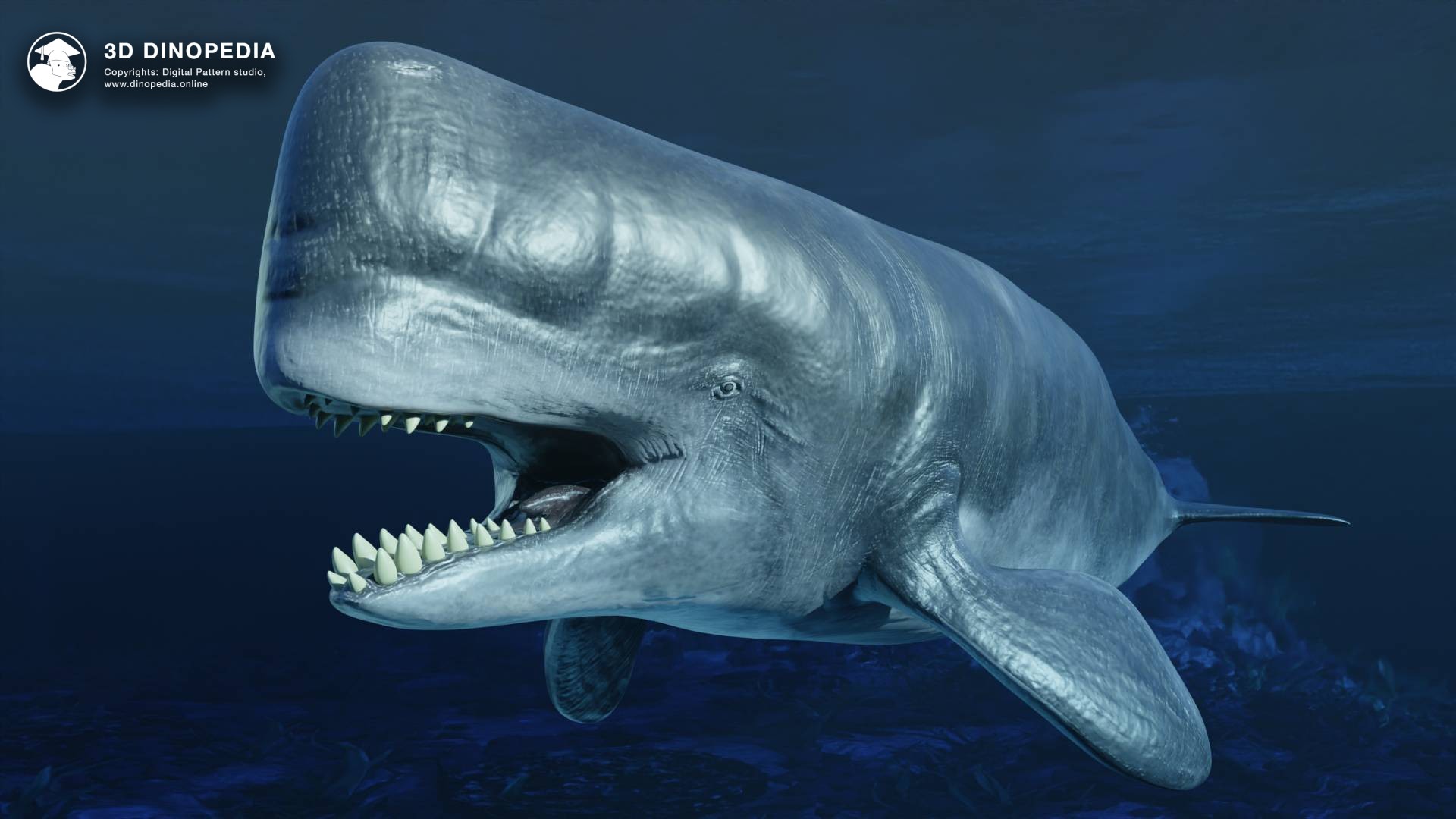Ice Ages: Animals, Climate, and Terrain
10.06.2024 09:05
3434 views

Have you heard about the times when vast territories of our planet were covered with ice and the Earth's surface temperature was significantly lower? Of course, this refers to the famous ice ages or glacial periods. They played a crucial role in shaping our climate, terrain, and even influenced the evolution of living organisms.
Over millions of years, the Earth has experienced several such periods. The first major glaciation is considered to be the Huronian ice age, which began about 2.4 billion years ago and lasted 300 million years. Or, say, the Cryogenian, which spanned from 720 to 635 million years ago. At that time, the entire earth was covered with ice, which even earned this epoch a special name – the "Snowball Earth" era. But the most famous and thoroughly studied is the Quaternary ice age, which started about 2.58 million years ago and continues to this day, covering at least four epochs of extensive glaciations.
What causes these ice ages? The reasons for their occurrence remain the subject of active research and discussion among scientists. One of the key theories is the Milankovitch cycles. These cycles include changes in the Earth's orbital parameters: eccentricity, axial tilt, and precession. Even small changes in our planet's orbit can significantly affect the amount of solar energy reaching Earth and lead to global climate changes!
Another important factor is volcanic activity. Powerful eruptions can darken the sky and cool the climate. For example, the eruption of Mount Tambora in 1815 caused the so-called "year without a summer," when abnormal cold was observed worldwide.
Tectonic processes cannot be forgotten either. The movement of continents changes ocean currents and the main air movement directions, which also affects the climate. This can also alter the climate across the entire planet.
What are the consequences of ice ages? During glaciations, large areas of land are covered with glaciers, changing not only the climate but also the landscape. Glaciers, like huge razors, carve out valleys, form narrow river valleys, and create unique geological structures that remain on the planet for millions of years.
These periods also affect species evolution. Population isolation and changes in habitat stimulate evolutionary processes, leading to the emergence of new species of animals and plants. Just remember the woolly mammoths, rhinos, muskoxen, and other huge furry animals to understand how strongly an ice age can influence the formation of new animals!
Another extremely important fact – ice ages affect sea levels. When ice accumulates at the poles, sea level drops, exposing coastal lines. And when glaciers melt, sea level rises again. These fluctuations can significantly change coastal ecosystems and affect human settlements.
Modern technologies, such as satellite observation, isotopic analysis, and computer modeling, allow scientists to reconstruct past climates with great accuracy and predict future changes. These studies are important for understanding the mechanisms of climate change and developing adaptation strategies to global warming.
However, modern climate change, caused by human activity, presents a new challenge to our understanding of ice ages. The increasing concentration of greenhouse gases in the atmosphere leads to global warming, which affects glacial systems. We are already observing the melting of glaciers in Greenland and Antarctica, which causes the rise in global ocean levels and threatens coastal regions.
Ice ages are not just pages in geology textbooks. They are key moments in the history of our planet that shaped the climate, landscape, and even the evolution of life. Understanding these grand changes helps us prepare for future climate challenges.
Discussions







{{ count }} comments
You must login to write a comment